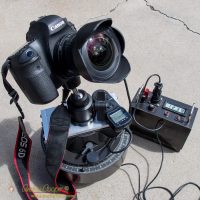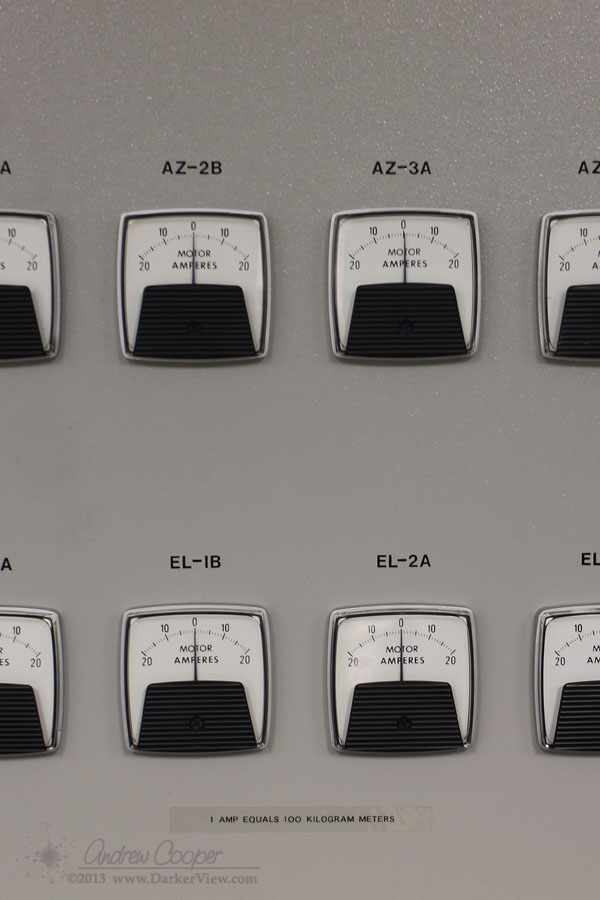The day started auspiciously enough…. An early morning thunderstorm swept over the city. With flash and crash it woke up all of Entebbe, rain pouring from the tin roofs, the rumble lasting until dawn. Awakened I stepped out onto the covered porch to enjoy the storm, recording some audio of the thunder and rain.
The day had a simple plan, after a minimal recovery from jet lag we would drive to Masaka and the school where we would be staying. A few hours of sleep and I was ready for the challenge of the day, and it would be a true challenge.
There would be four of us… My father, Christopher and Andrew, pastors from Zambia also attending the conference, and myself driving.
Continue reading “Driving to Masaka”




